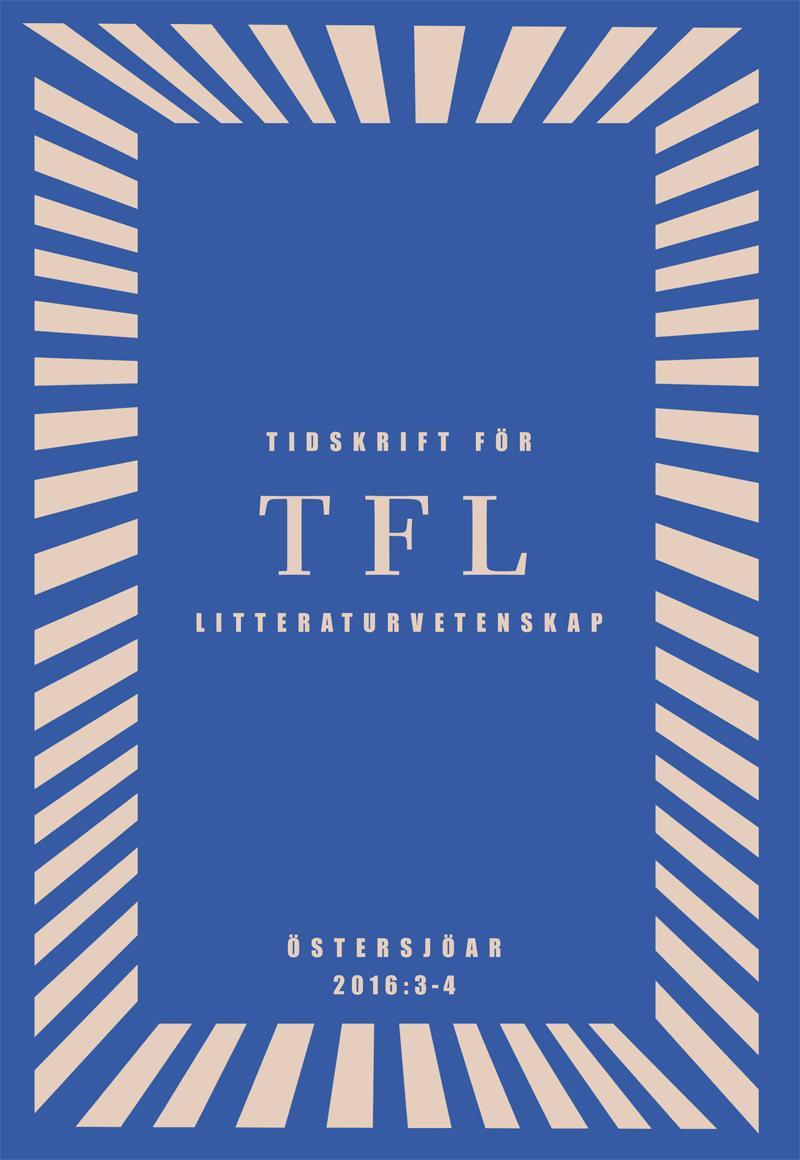Norrland som identitet och periferi
DOI:
https://doi.org/10.54797/tfl.v46i3-4.8761Nyckelord:
Cultural Identity, Post-colonial literature, pheriphery, Pelle Molin, Olof HögbergAbstract
Norrland as Identity and Periphery
In this article I discuss the attempt, on the part of Swedish authors Pelle Molin, Olof Högberg and Gustav Hedenvind-Eriksson, to construct a Norrlandic identity around the turn of the twentieth century. Although Norrland is a part of Sweden, it has often been looked upon as something ”other”. Historically, there is a long tradition of viewing Norrland as a periphery, and as the great unknown. From the seventeenth and eighteenth centuries, when Norrland first became a concept to the rest of Sweden, it was as region lacking an identity of its own. Norr land was regarded as an object for the central power of Sweden, a view that might be labelled ”colonial”. Norrland was fundamentally conceived of as exotic ”nature” – that is, as the oppo site of culture – due to the fact that it supplied the natural resources which helped to create wealth in Sweden: the forests, the ore fields, and hydropower. The end of the 19th century and the beginning of the 20th witnessed attempts to construct another Norrland, with a history and a cultural identity of its own. It is particularly in fiction that this different Norrland begins to come into being.
Nedladdningar
Downloads
Publicerad
Referera så här
Nummer
Sektion
Licens
Författaren/författarna behåller copyright till verket






